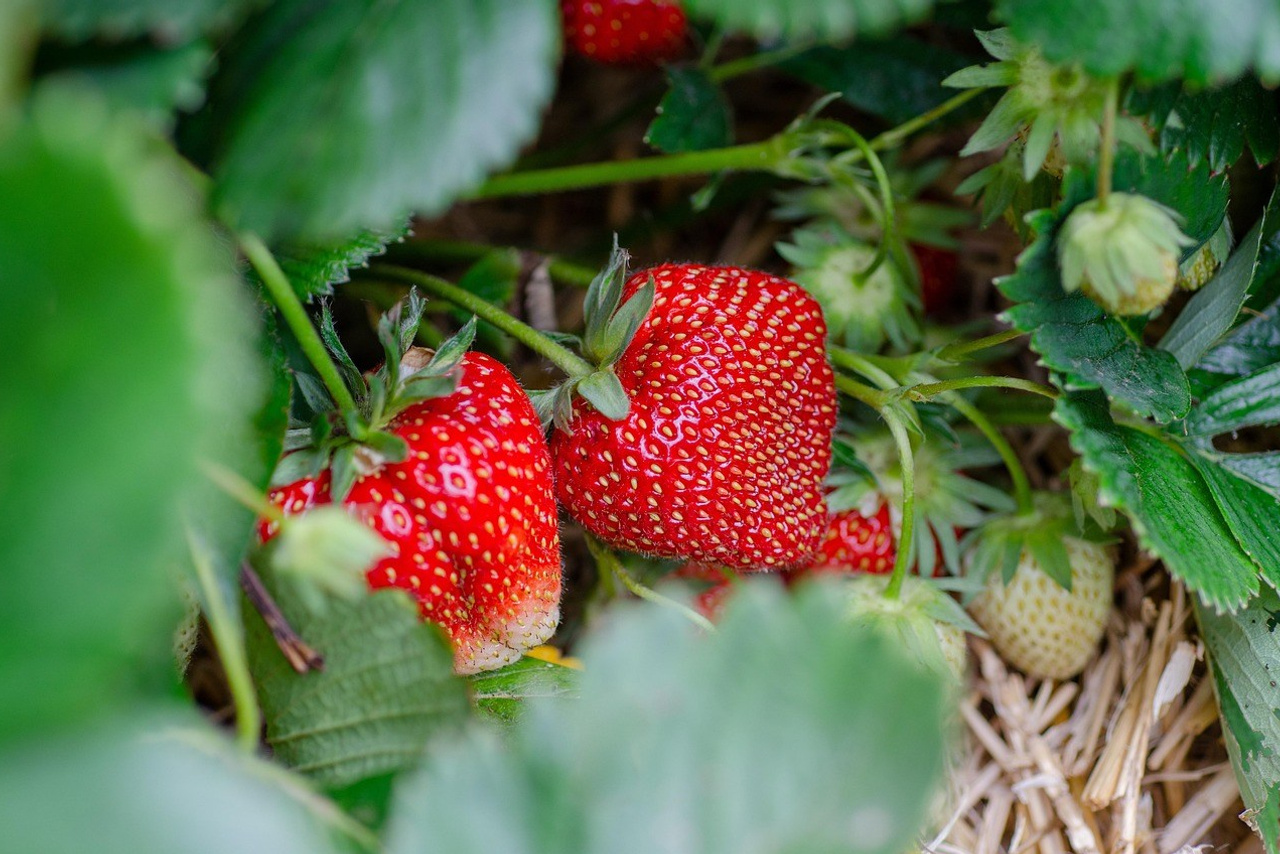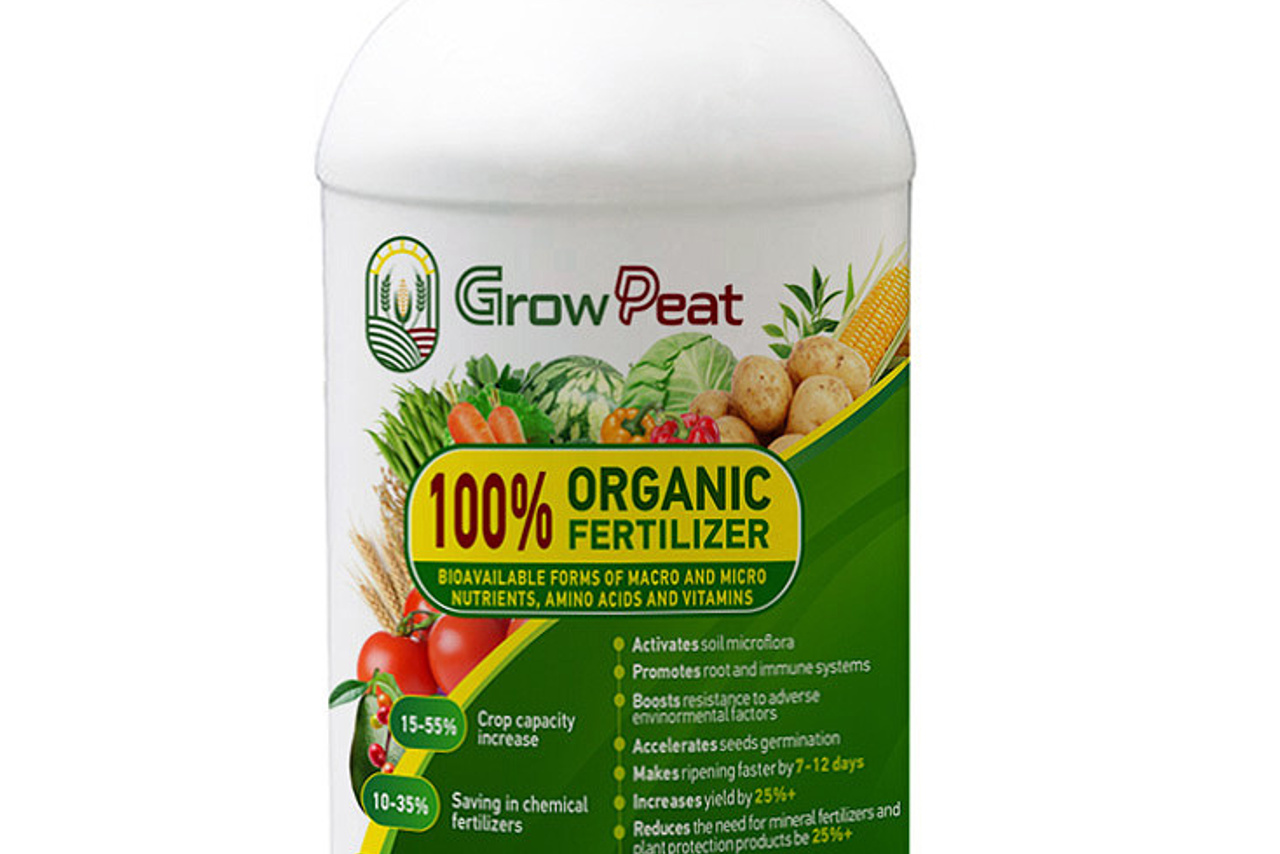HUMIC SUBSTANCES — the main organic component of the soil.
They are formed during the decomposition of plant and animal residues by microorganisms and environmental factors and are the main component of soil humus.
Humic acids participate in the activation of soil microorganisms, improve soil water retention, actively contribute to the formation of humus, and accelerate chlorophyll synthesis. These effects allow plants to be healthy and lead to higher yields.
The main functions of humic substances:
- Accumulative
Involves the accumulation of nutrients and energy for plants, microorganisms, and animals. The structure of humic substance molecules allows them to bind nitrogen, potassium, phosphorus, and other elements in organic matter, preventing their losses through dissolution and leaching into groundwater.
- Regulatory
Ensures the formation of soil structure and improves soil water-physical properties. Optimizes conditions for mineral nutrition through the solubility of fertilizers. Maintains an optimal thermal regime by influencing the spectral reflectance capacity, heat capacity, and thermal conductivity of the soil mass.
- Remedial
Based on the ability to bind toxic elements and substances into less mobile compounds. Eliminates the adverse effects of pesticides. Mitigates the negative impact of excessive doses of mineral fertilizers.
- Transport
Involves the formation of stable but easily soluble complexes of acids with metal cations, hydroxides, and bioorganic molecules.
What is the secret of humates?
The effectiveness of their direct impact on plants is due to the transformation of humic substance molecules during their extraction from the source material. Some molecules break down into fragments, humic acids transition into humates, molecules hydrate and unfold, becoming more active towards plants than soil humic substances.
The positive effects of humates on plants are attributed to the following factors:
- Ability to penetrate cell membranes and participate in metabolism.
- Alteration of cell membrane conductivity and permeability.
- Increased plant energy potential.
- Stimulation of respiration and photosynthesis processes.
- Participation in the synthesis of nucleic acids, proteins, ATP, DNA, and RNA.
EFFECTS:
- Increased yield of vegetables and berries.
- Improved quality of agricultural products.
- Enhanced plant immunity.
- Increased frost and drought resistance of plants, mainly due to the enhanced development of the root system and increased sugar accumulation in bud nodes.
- Increased efficiency of seed treatments in combination with seed dressings.
- Alleviation of stress in non-root pesticide applications.
- Increased efficiency of mineral fertilizer application (may reduce application rates by 20-30%).
Humates can be used in combination with most fertilizers, plant protection products, bio-preparations, and growth regulators. In most cases, humates enhance the effects of fertilizers and pesticides when used together.
The complex positive effects of humic fertilizers are invaluable. It is crucial to consider their practical application in crop production as one of the key means to increase fertility and yield, protect plants, and improve soil quality.
Farmer’s corner

Organic — It’s Life

Food We Get from Plants in Kenya. Organic Fertilizers for a Sustainable Future

Grow Bigger, Sweeter Strawberries with Grow Peat Organic Fertilizer

How Grow Peat Organic Fertilizer Increases Peanut Yield and Restores Soil Health

The Effectiveness of Grow Peat organic fertilizer (Potassium Humates) for Canola Cultivation

Organic fertilizers — Farmer’s trainings

Growth Stimulators for Garden flowers — Grow Peat (Potassium Humate)

INFLUENCE OF Grow Peat ON GROWTH, YIELD AND CHEMICAL COMPOSITION OF FRENCH BEAN


